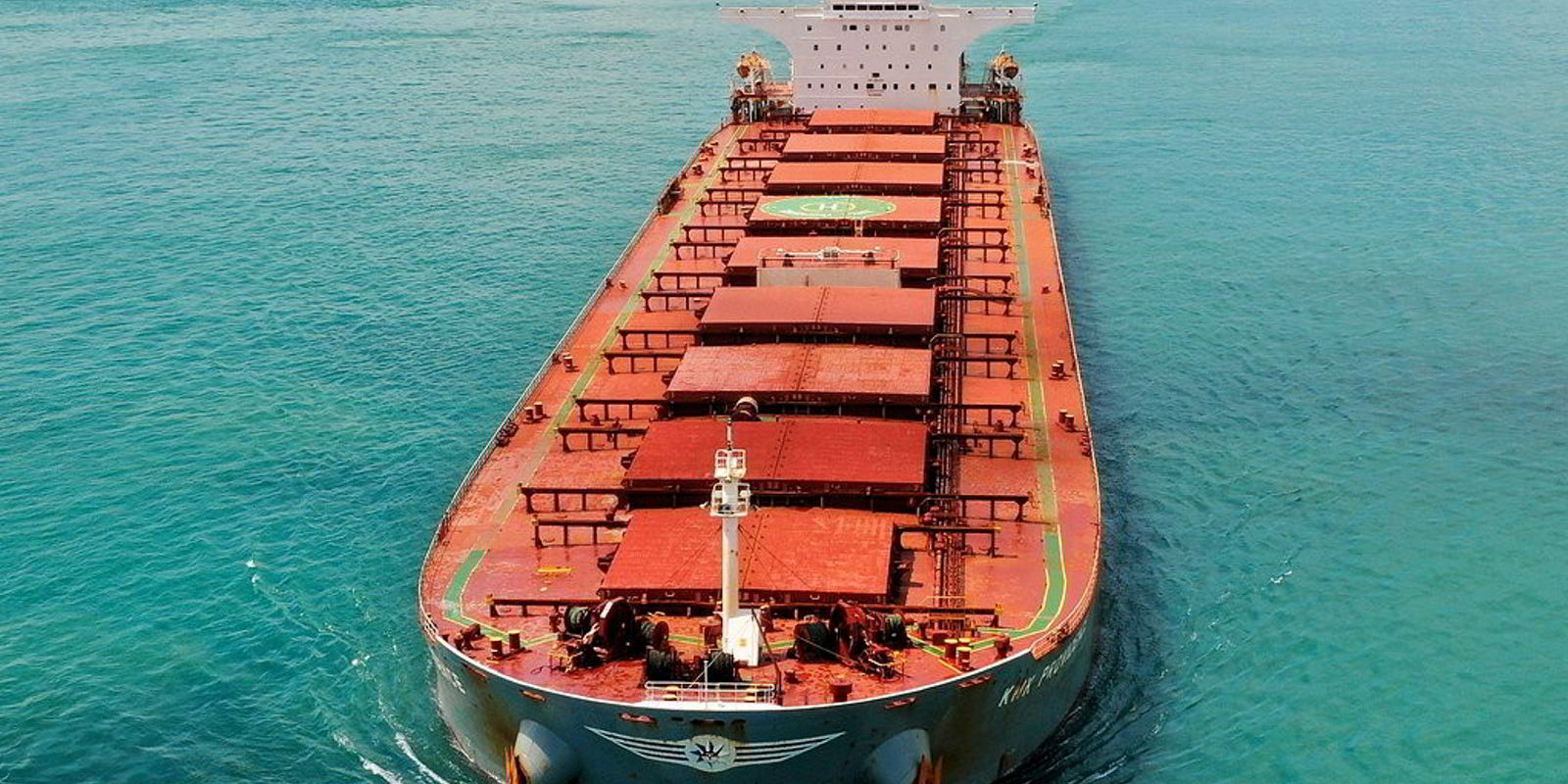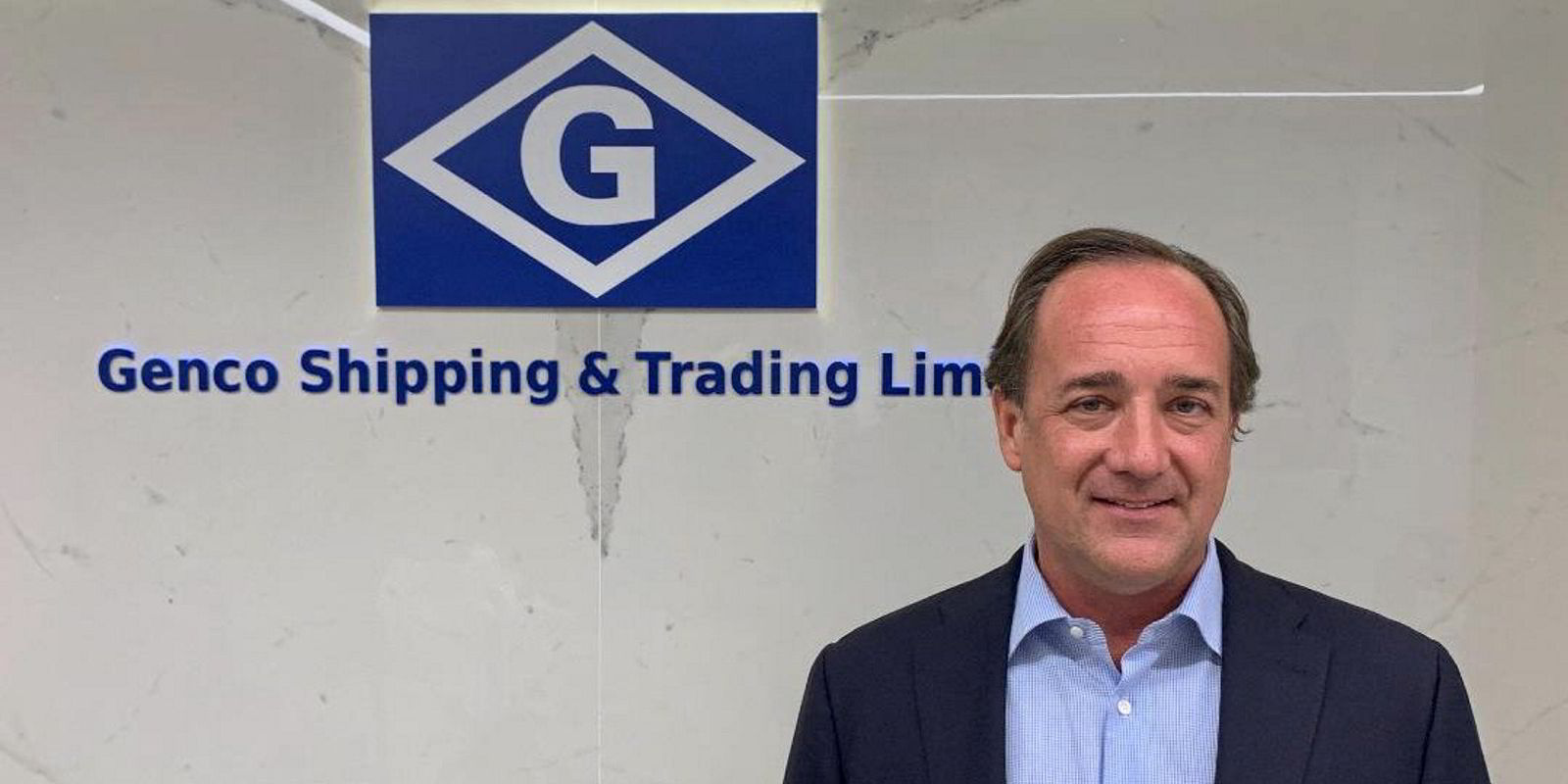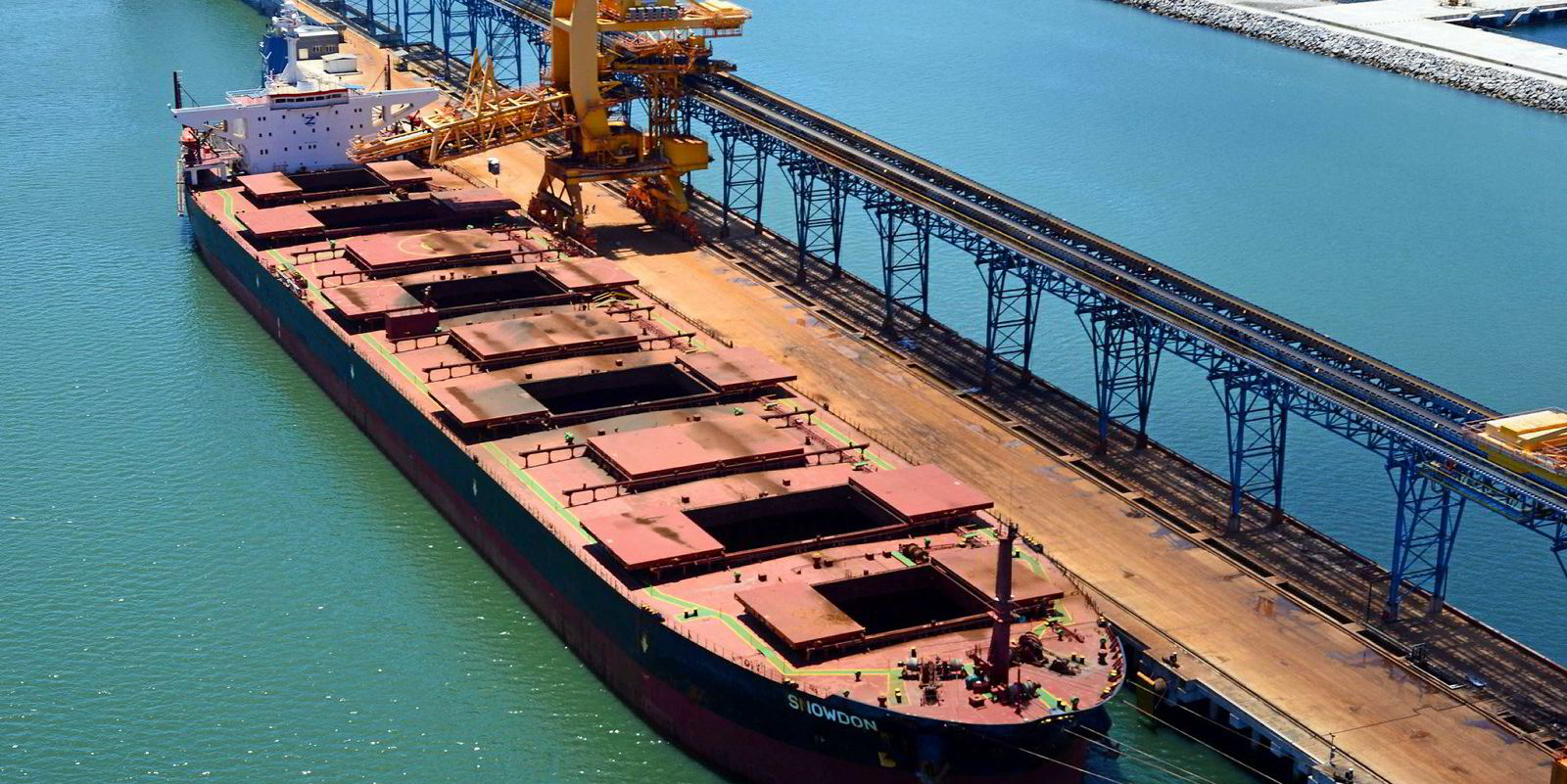The number of bulkers reported sold increased a little in recent days, as some sellers seem to accept falling prices and buying appetite is whetted by stabilising freight rates.
“There is tonnage, namely out of the Far East, which is being marketed more realistically,” Athens-based Doric Shipbrokers said in its latest weekly comment.
It added that such sellers are “seemingly willing to face the market”.
Far Eastern companies account for 12 of the 17 bulkers announced or reported sold by brokers since 16 September.
Most of these sales confirm a trend of falling prices.
Most notable in terms of deal value is the 183,400-dwt Frontier Triumph (built 2012), a vessel that several brokers reported sold by Japanese interests to Singapore-based Winning Shipping for a price between $29.7m and $30m.
Managers at Winning Shipping did not respond to a request for comment.
Japanese owners are also said to be behind the sale of a pair of smaller, more modern vessels currently chartered out to Norden — the 81,600-dwt Nord Corona (built 2019) and the 63,900-dwt Nord Indian (built 2018).
Separately, Greek buyers are widely reported to be spending $21m on a Japanese-held kamsarmax — the 83,400-dwt Buenos Aires (built 2011).
However, Greeks are on the selling side as well. Three US-listed companies controlled by Hellenic interests have announced ship divestments over the past two weeks — Navios Maritime Partners, EuroDry and, most recently on 26 September, Safe Bulkers.
Amid private Greek sellers, low-profile Navitas Compania reportedly found Chinese buyers for the 177,500-dwt capesize Cougar (built 2002) for about $14m.
Managers at the Athens-based bulker specialist declined to comment.
A sale of the Cougar, the oldest of Navitas’ 11 ships, would make sense. The company has expanded considerably with the purchase of four ships over the past two years.
However, the selling trend is far from universal and there are plenty of potential sellers willing to sit things out until values start climbing again, brokers say.
That sentiment gets a boost from recovering bulker earnings underpinned by hopes that the Chinese government will shower stimulus money on its construction industry, which imports large quantities of seaborne steel.
Capesizes in particular posted a second consecutive week of significant gains.
The Baltic Exchange’s Capesize 5TC of spot-rate averages across five key routes soared 45% in the week to 23 September to $18,293 per day, marking the highest point in nearly two months.
Such developments are likely to whet buyers’ appetite and strengthen the spine of potential sellers to hold out for higher values.
With bulkers still gainfully employed across all sectors, potential sellers are not under much pressure to part with their vessels and can still trade them at a profit, Doric argued.
“Ships may not be earning the outrageous amounts they were in 2021, but they are still yielding satisfactory numbers,” Doric said.
“Many owners have again adopted, or are swiftly adopting, a ‘sit on our eggs’ strategy — not making moves on either the buying or selling side of the equation.”





